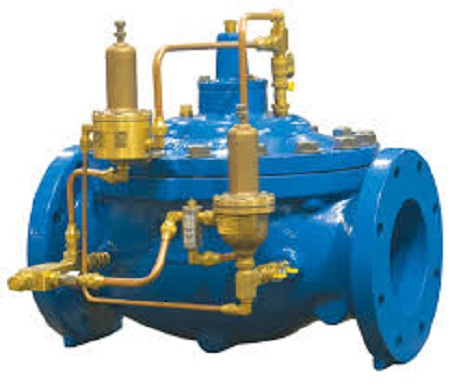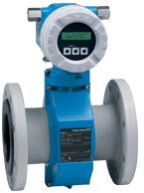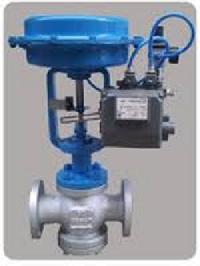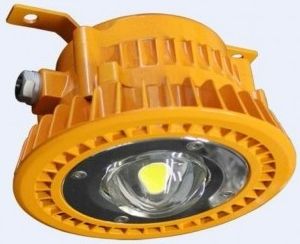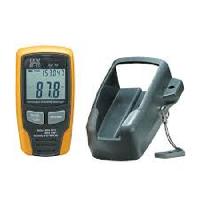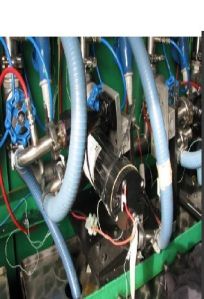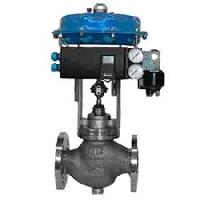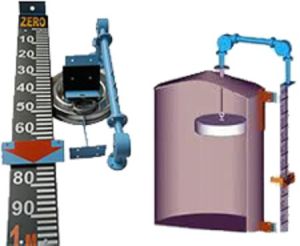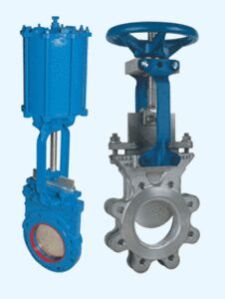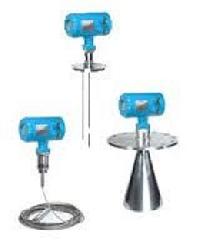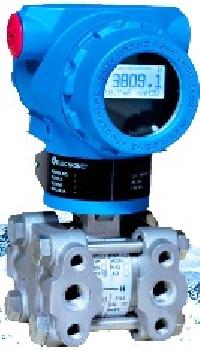| Business Type | Manufacturer, Exporter, Supplier |
| Type | Pressure Reducing Valve |
| Valve Size | Customized |
| Material | Metal |
| Click to view more | |
Product Details
A pressure valve is a safety device used in fluid systems to control or limit pressure. They play a critical role in preventing excessive pressure buildup within a system, which could potentially lead to equipment damage, malfunctions, or even explosions. Here's a detailed breakdown of pressure valves and their functionalities:
Types of Pressure Valves:
There are various types of pressure valves, each designed for specific purposes and applications. Here are some common types:
· Pressure Relief Valve (PRV): The most common type, also known as a safety relief valve (SRV). It opens automatically to relieve excess pressure when it reaches a predetermined setpoint. Once the pressure falls below the setpoint, the valve closes again. PRVs are essential for protecting equipment and personnel from overpressure situations.
· Pressure Reducing Valve (PRV): Maintains a constant downstream pressure regardless of fluctuations in the upstream pressure. This is crucial for applications where equipment requires a stable pressure supply for proper operation.
· Back Pressure Valve: Allows flow in one direction only and automatically opens when there is a backflow or pressure from the opposite direction. This prevents unwanted flow reversal and protects pumps or other equipment from damage.
· Sequence Valve: Controls the actuation of other valves in a specific sequence. It ensures a particular order of operation within a system based on pressure conditions.
· Temperature and Pressure Relief Valve (TPRV): Combines pressure relief functionality with temperature sensing. It opens in response to exceeding either a pressure or temperature threshold, providing additional safety in systems where both factors can influence pressure.
How Pressure Valves Work:
The specific mechanism of a pressure valve depends on its type. However, here's a general concept:
· A pressure valve typically contains a spring mechanism that holds a valve seat closed.
· As pressure in the system builds, it acts on a piston or diaphragm within the valve.
· When the pressure overcomes the spring force, the valve seat opens, allowing fluid to bypass and relieve the pressure.
· In pressure reducing valves, an adjustment mechanism allows control of the spring force, setting the desired downstream pressure.
Applications of Pressure Valves:
Pressure valves are widely used across various industries to ensure safe and efficient operation of fluid systems. Here are some prominent examples:
· Oil and Gas Production: Protecting pipelines, pumps, and other equipment from overpressure during oil and gas production, transportation, and refining.
· Chemical Processing Plants: Maintaining safe pressure levels within reactors, vessels, and piping systems handling various chemicals.
· Power Generation: Regulating pressure in boilers, steam turbines, and other components within power plants.
· Hydraulic and Pneumatic Systems: Controlling pressure within hydraulic and pneumatic systems used for powering machinery and automation.
· Water and Wastewater Treatment: Ensuring safe pressure levels within pumps, filters, and other equipment used in water treatment processes.
· HVAC Systems: Regulating pressure in boilers, chillers, and piping systems within heating, ventilation, and air conditioning systems.
Selection Considerations:
Choosing the right pressure valve requires considering several factors:
· Fluid Type: The valve material and design should be compatible with the fluid being handled.
· Pressure Rating: The valve's pressure rating needs to exceed the system's maximum operating pressure.
· Flow Rate: The valve should be able to handle the expected flow rate within the system.
· Temperature Rating: The valve's temperature rating should be suitable for the operating temperature range of the system.
· Response Time: For critical applications, consider the valve's response time to pressure changes.
· Application Requirements: Select the valve type (PRV, PRV, etc.) based on the specific pressure control needs of your system.
By understanding the different types, functionalities, and selection considerations for pressure valves, you can ensure the safety and proper operation of your fluid systems by effectively managing pressure levels.
Looking for "Pressure Valve" ?
Explore More Products


